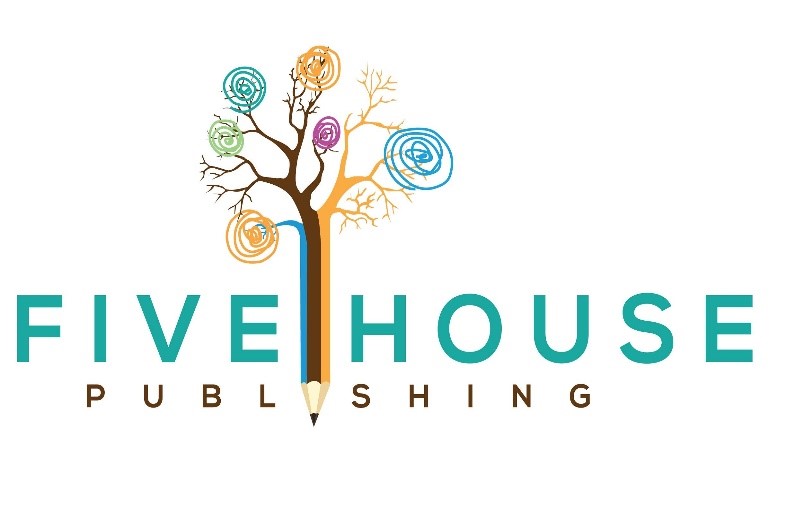
Lesson: Essay writing – compare and contrast (Secondary School level). Exploring sustainable practice and our oceans. A 1000-word essay.
By William Van Zyl
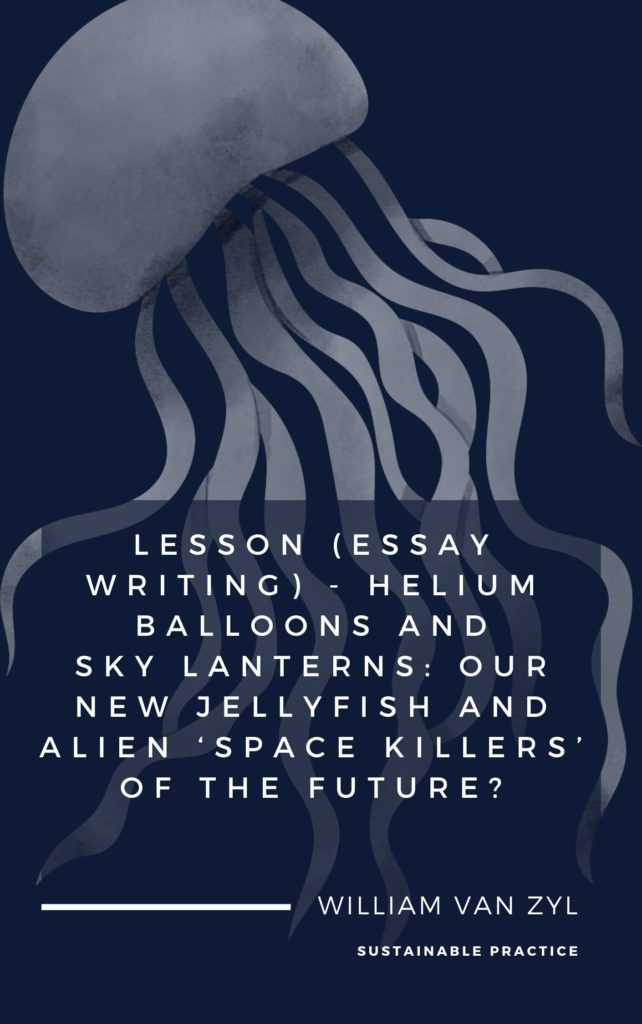
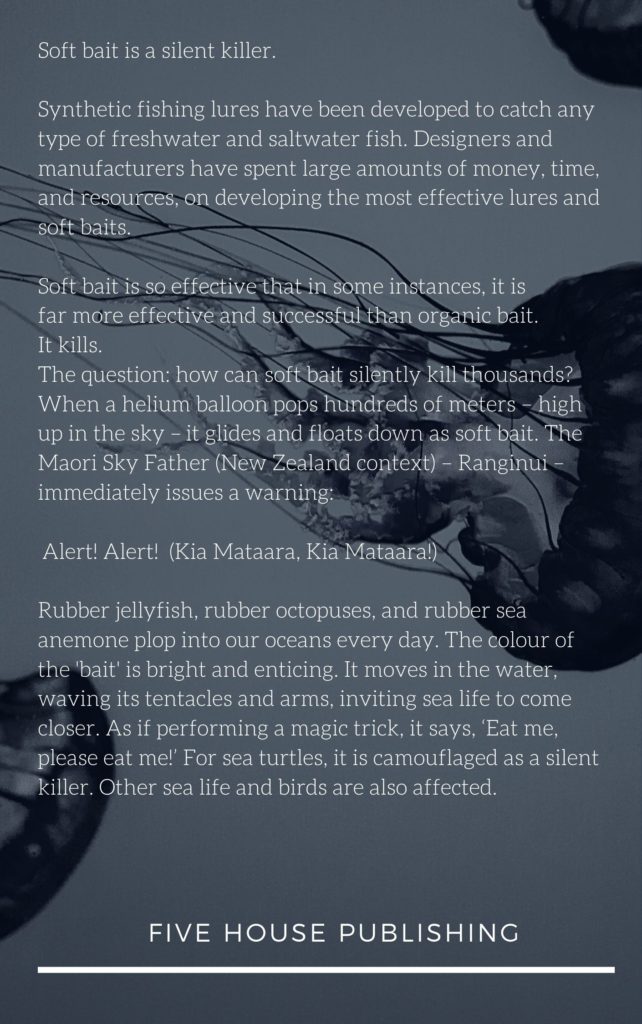
Copyright © 2020 by William Van Zyl
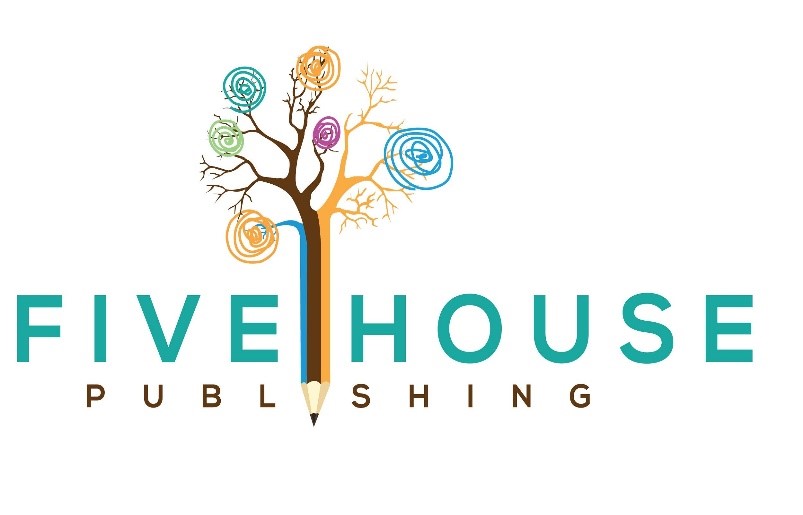
Lesson (Essay Writing) – Helium Balloons and Chinese Lanterns: Our New Jellyfish and Alien ‘Space Killers’ of the Future?
Lesson: Essay writing – compare and contrast (Secondary School level). Exploring sustainable practice and our oceans.
All rights reserved. This article or any portion
thereof may not be reproduced or used in any manner
whatsoever without the express written permission of the
publisher except for the use of brief quotations in a book review.
Published by Five House Publishing (New Zealand)
First Publishing, 2020
Read more at https://williamvanzyl.atavist.com/
https://fivehousepublishing.com/
Table of Contents
Instruction to students: Write a 100-Word Essay (Writing exercise).
Write a 1000 word essay of Helium balloons and Chinese lanterns and discuss the devastating effects on the marine life of our oceans. Focus on hooking in the reader — provide an interesting introductory paragraph. Choose a title for the essay that draws attention and pops. Compare and contrast some of the research data and other known facts. Use the exemplar essay for inspiration. By using your current writing skill — and challenging yourself —improve your paragraph writing, your sentence styles, punctuation, and more in the process.
Plan your essay. Show your planning (take a picture and add it at the end of your essay. Share it with your teacher (Google Doc). For example, show the introduction paragraph, the body (middle), and the concluding paragraph. Take the body paragraph and carefully plan how you would use your research data.
You could use helium balloons and Chinese lanterns for your essay. However, if you want to write about something else, that harms the environment, feel free to use it.
Learning intention:
- Hooking the reader in with an interesting and compelling introduction.
- Planning and structuring of the paragraphs
- Include comparison and contrasting of two subjects: E.g. Helium balloons and Chinese lanterns.
- Exploring the sustainable practice of these items and the impact on the environment (parts, movement, animal behaviour, and more).
- Conclusion: delivering a power sentence/paragraph at the end (short/ powerful/pro-active).
- Providing additional links and resources to inspire young writers to write on the topics of helium balloons and Chinese lanterns in the environment. Young writers could explore additional/other sustainable aspects and other unsustainable ideas related to the named subjects — harming the environment. For example, meteorologist’s helium balloons pop high up in the sky and eventually falls to earth. Skyfall. It could reach land, the ocean, a river or a dam. Though we all need weather data, how could these large rubber balloons influence the environment? Are alternative solutions available? Are there other methods to collect weather data?
- This lesson was inspired by the Write that Essay (WTE) education company in New Zealand. See https://www.writethatessay.org/. 12-sentence styles, paragraph styles, and more.
Here is an indication of some of the things teachers are looking for:
STRUCTURE Essay relevant to the topic. Topic covered in depth. Interesting introduction — setting the scene. Strong conclusion (referring to important points in the body). Pro-activity — offer a solution or idea.
ARGUMENT Accurate presentation of evidence. Logically developed argument — original and creative thought.
STYLE Fluent piece of writing. In other words, a natural flow of argumentation. Succinct writing (accuracy).
PRESENTATION Legible and well set out work. Reasonable length (meets the requirements given by the teacher).
SOURCES Adequate acknowledgement of sources. For example, when an image is used.
MECHANICS Grammatical correctness of sentences (e.g. tenses). Correct spelling throughout. Effective use of figures and tables (data/graph/diagram). Correct use of units and quantities.
CREATIVITY AND INNOVATION Are there evidence of creative
processes used to write the essay. The teacher is looking for originality!
Break the rules in some instances. A caveat though, not too much outside the square
thinking. Remember it is a 100-word essay. Stick to the essay writing rules.
ESSAY:
Soft bait is a silent killer.
Synthetic fishing lures have been developed to catch any type of freshwater and saltwater fish. Designers and manufacturers have spent large amounts of money, time, and resources, on developing the most effective lures and soft baits. Soft bait is so effective that in some instances, it is far more effective and successful than organic bait. It kills.
The question: how can soft bait silently kill thousands?
When a helium balloon pops hundreds of meters – high up in the sky – it glides and floats down as soft bait. The Maaori sky father (New Zealand context) – Ranginui – immediately issues a warning:
Alert! Alert!
(Kia Mataara,
Kia Mataara!)
Rubber jellyfish, rubber octopuses, and rubber sea anemone plop into our oceans every day. The colour of the ‘bait’ is bright and enticing. It moves in the water, waving its tentacles and arms, inviting sea life to come closer. As if performing a magic trick, it says, ‘Eat me, please eat me!’ For sea turtles, it is camouflaged as a silent killer. Other sea life and birds are also affected.
Nevertheless, what can we do to solve this problem? Chinese lanterns also pose a threat. The lanterns are more biodegradable than balloons; right? The beautiful floating lanterns lits up the sky for our enjoyment. Large paper ‘bags’ – propelled by burning candles suspended just below the mouth of the bags – are made of paper; right? Green designers — please listen and investigate — there are metal parts in the Chinese lanterns!
Let’s continue to look at helium balloons. Moreover, for sea turtles, it is camouflaged as a brightly coloured jellyfish. Other sea life and birds are also affected. When digested, it blocks the animal’s intestines. Do we take enough notice? What are we doing about it? With many sea turtles dying, and other sea and water life affected, we have a decision to make. The question is, do we want helium balloons, or do we want sea turtles? We can’t have both. Will we choose short-term entertainment, or will we choose to keep sea turtles alive in their natural habitat. When sea turtles mistakenly eat balloons as jellyfish, they die. While most ocean animals confuse burst balloons as food, other sea and freshwater creatures also see the deadly rubber as edible. Interestingly, when researchers looked at the death of 1733 seabirds, from 51 species, they found that one in three birds had ingested balloons. Plastic and rubber in our oceans are a huge problem.
Sea turtles employ a vital position in the food chain – providing an ecological equilibrium. What do we know about sea turtles? Even at diminished population levels, they play an important role in ocean ecosystems. Their function? They maintain healthy seagrass beds and coral reefs and provide key habitat for other marine life. Every one of them is helping to balance marine food webs and facilitating nutrient cycling from water to land. Do we want to disturb the biodiversity of the oceans and risk losing more sea life and consequently, most of our vital food sources?
Here are more facts about plastic in our oceans: It is estimated that every minute, one garbage truck of plastic is dumped into our oceans. Did you know that there are five massive patches of plastic in the oceans around the world today? These huge swirls of concentrated plastic debris cover large swaths of the ocean; the one between California and Hawaii is the size of the state of Texas (US).

Size of the state of Texas (US) shown in red. Credit: Wikipedia. Wapcaplet – own work by uploader, based on Image: Map of USA without state names.svg, CC BY 2.0, https://commons.wikimedia.org/w/index.php?curid=4856952
Maybe green designers and environmental activists could initiate a solution by looking at Chinese lanterns. Chinese lanterns are made of paper, which is very environmentally friendly. Paper is harmless when it breaks down, right? Within about 3 to 6 months, it enters harmlessly into the ecosystems of the earth — it vanishes. Unfortunately, the wire is used in some cases to support the paper structures. Bamboo or other types of supportive organic material could be used for the shaping —some manufacturers do use organic material — however, on a mass-production scale and producing it very cheaply, the wire is the easy way out. Next time you see Chinese lanterns for sale, read the labels; touch the framework. It has been reported that a cow died after consuming the ‘paper bag’ sculpture of a chines lantern. Unknowingly the cow swallowed the metal parts. The wire supports inflicted the fatal injury. On the question of, how long does it takes for the metal wire to break down, a scientist answered that it takes about one year. I have seen some wire in our gardens that have probably been there for decades. Not so sure about the data; one year for thin gauge wire to decompose? I wonder how long it takes for candle wax to decompose? I have done a Google search for you: it takes an average of 10 years to decompose.

A modern version of a Chinese lantern. How many metal parts are there in this lantern? Credit Pixabay.com

Typical Chinese lanterns. Those supportive rings, are made from bamboo or wire? Credit: Pixabay.com
What happens if a dog eats a candle or beeswax? Wax candles are typically made from paraffin, beeswax, or soy. These materials do not tend to be poisonous to dogs. When ingested, they tend to soften and pass through the dog’s intestinal tract without issue. Eating large pieces of wax my cause an intestinal blockage. Soy-based candles are softer. These type of candles pose less of a risk to animals.
The other bits of the chines lanterns are the real threat: Aluminium cups, wire components and parts, metal wicks, and more. Long wicks can become tangled up in the intestines, causing a linear foreign body that requires surgical treatment. Metal parts in the wick and the candle base may also become lodged in the GI tract. Therefore, next time you send a Chinese lantern off think of the possible consequences.
We can’t wait any longer; now is the time to design an organic solution to helium balloons and Chinese lanterns.
Meteorologist’s helium balloons: Five Things You Should Know About Weather Balloons.
More on plastic, helium balloons and Chinese lanterns:
Visit this website to see ten different fact sheets of plastic in our oceans:
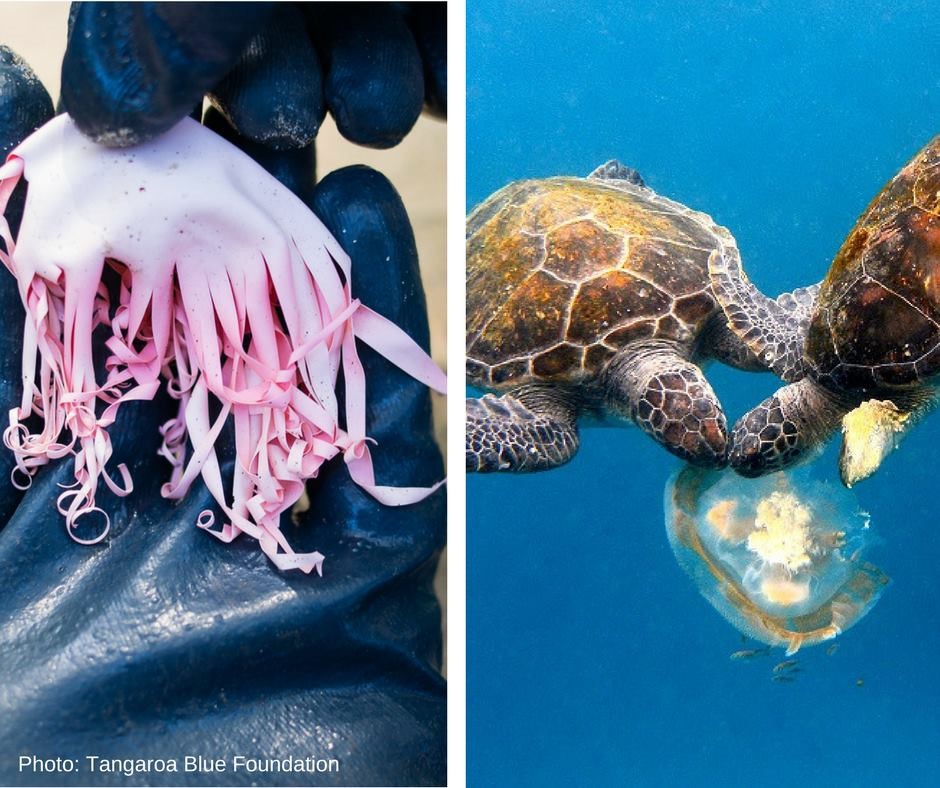
Burst helium balloons often end up looking like jellyfish. To ensure our turtles and birds aren’t selecting them as food (and causing them great pain and suffering) make sure you keep your balloons tied down. Alternatively, consider using Chinese lanterns to celebrate and have fun on special occasions. Queensland Environment @QldEnvironment
See the video: ‘The lifecycle of releasing balloons.’
About the Lifecycle video:
‘Once a helium balloon is released it can travel hundreds of kilometres, ending up in all landscapes—from oceans to farms—causing great harm to wildlife and the environment. In fact, balloons have been identified as one of the top three most harmful waste items to wildlife! Releasing balloons in Queensland is also classed as littering (and penalties apply!).’ Credit YouTube
About the Sanctuary video:
‘On 23 May 2016, in recognition of World Turtle Day, Manly SEA LIFE Sanctuary is celebrating the successful release of a rehabilitated Flatback Turtle, 6-months after the sea turtle was found stranded more than 1,300 kilometres from home. Affectionately known as ‘Pikelet,’ thanks to her flat back and light colouring, the juvenile female Flatback Turtle was spotted unresponsive in Manly Cove in November 2015; and was rescued by the team at Manly SEA LIFE Sanctuary where she rushed to the attraction’s back-of-house rehabilitation facility.’ Credit: YouTube.
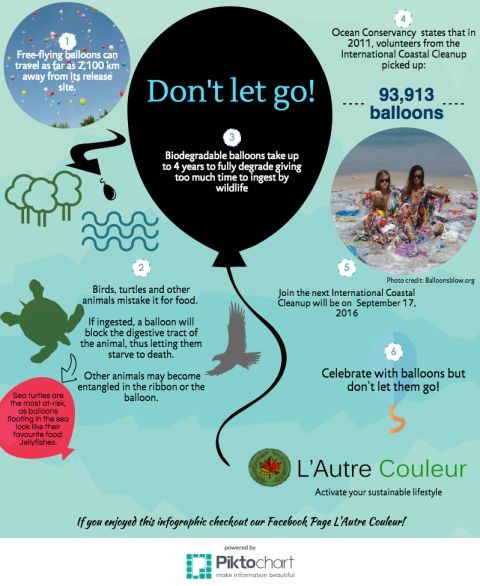
Credit: lautrecouleur.com
About the author:
The author had an interesting and unique childhood. Not travelling abroad – as you would expect – but venturing through the fields, bushes, tools sheds and mysterious underground tunnels around his neighbourhood. His happy place was – and still is – tinkering with ideas, science, and new possibilities. Many times, while cycling, he will get new ideas; he brings the unexpected, the unique, and the creative in a flurry on a page or in a sketch. To this day, he dreams of vicious wars and sophisticated weaponry in an innocent child’s scout cave. He loves diagrams, timelines, cross-sections, sketches, and details of sinister and hidden concepts and ideas; always looking for a new mystery to decode and to encode. He investigates and explores extravagant thoughts that he includes in children’s books and stories; he loves to include philosopher’s perspectives, articles, intriguing stories, and poetry. Academic and research work are his forte. He always offers a simple but practical explanation within an engaging context. Not your ordinary thinker! A lifelong scholar and teacher.
More lessons and resources available for teachers and students at
